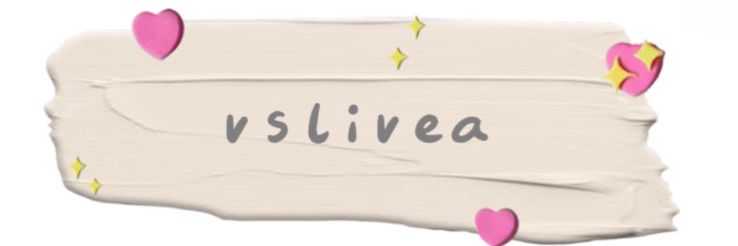Green-Tinted Plant Cat Litter vs Traditional Options: Which Wins?
When it comes to choosing the right cat litter, pet owners often find themselves navigating a vast array of options. With increasing awareness about environmental issues, many are considering the merits of green-tinted plant cat litter. This blog post explores how this eco-friendly option compares to traditional cat litter types. Let's dig in!
For more Green-Tinted Plant Cat Litter Supplierinformation, please contact us. We will provide professional answers.
Understanding Cat Litter Types
Cat litter is essential for maintaining hygiene in your home. Common materials used in traditional options include clay, silica, and recycled paper. These have been staples for years, but they often come with significant downsides related to sustainability and health.
Traditional Clay Litter: Typically made from sodium bentonite, this type of litter is highly absorbent but poses environmental concerns. Mining clay can damage ecosystems, and it isn’t biodegradable.
Silica Gel Litter: Known for its excellent moisture absorption, silica gel is a synthetic product that can last longer than clay. However, it’s not eco-friendly and contributes to plastic waste.
Recycled Paper Litter: A better choice for the environment, this option is made from processed paper products. It absorbs odors well but can lack the clumping ability of some traditional types.
The Rise of Green-Tinted Plant Cat Litter
Green-tinted plant-based litters have become increasingly popular, incorporating sustainable materials like corn, wheat, or wood. These products aim to provide an eco-friendly alternative without sacrificing performance. Here are some advantages of choosing plant-based litter:
Biodegradability: Unlike traditional litters that can linger in landfills for decades, plant-based options break down naturally over time. This transition reduces your carbon footprint and promotes a healthier planet.
Flushing Convenience: Many plant-based litters are safe to flush down the toilet. This feature makes cleanup easier while minimizing waste disposal.
For more information, please visit Plant Cat Litter Supplier.
Odor Control: Green-tinted litter often utilizes natural ingredients that effectively neutralize odors. This ability can be a game-changer for households with multiple cats.
Comparing Performance: Clumping, Odor Control, and Dust
When weighing green-tinted plant litters against traditional options, consider their performance in key areas like clumping ability, odor control, and dust production.
Clumping Ability
Clumping litter is often preferred because it makes cleaning the litter box simpler. Traditional clay litter typically excels in this category, forming solid clumps upon moisture contact. Plant-based litters vary in effectiveness. Some brands, particularly those made from wheat or corn, can clump as well as clay, while others may struggle.
Odor Control
The smell can be a significant issue for pet owners. Traditional clays, especially those with added fragrances, can mask odors but may also emit harmful dust. In contrast, many green options use natural materials that absorb odors without the need for artificial scents, providing a fresher environment.
Dust Production
Dust is a common annoyance with traditional litters, particularly clay varieties. This dust can aggravate allergies and respiratory issues for both pets and humans. In contrast, many plant-based options are dust-free or produce minimal dust, making them a healthier choice for sensitive households.
Cost Considerations
Price is always a factor in selecting the right litter. Traditional clay litters tend to be less expensive initially but can cost more in the long run due to the need for frequent changes. On the other hand, while some green-tinted options may have a slightly higher upfront cost, their durability and reduced waste can prove to be more economical in the long run.
Conclusion: What’s the Best Choice for You?
Ultimately, the decision between green-tinted plant cat litter and traditional options depends on your priorities. If sustainability is at the top of your list, opting for an eco-friendly litter could be the way to go. However, if clumping ability and cost are paramount, traditional products might fit your needs better.
As the market evolves, there’s no doubt that the competition will drive improvements in both categories. Consider trying a few different types to see what works best for you and your feline friend. After all, a happy cat means a happy home!
Want more information on Economical choice Thin paper cat litter? Feel free to contact us.
- 0


